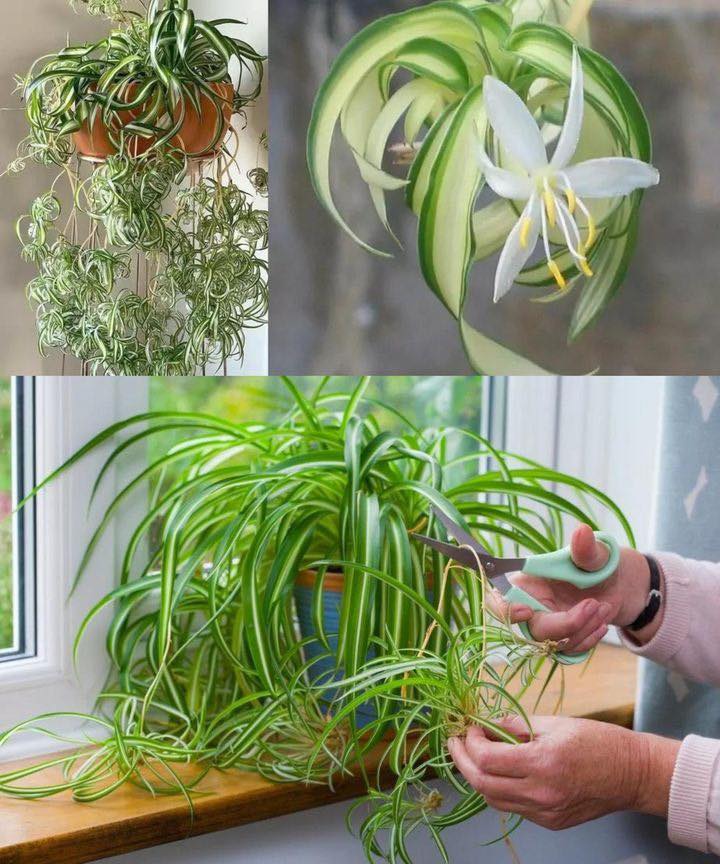ADVERTISEMENT
💡 Tip: East- or west-facing windows are usually perfect.
2. Slightly Stress It Out (In a Good Way)
Plants bloom as part of their survival instinct. When they feel “comfortable but not too cozy,” they’re more likely to reproduce. Let the soil dry out a bit between waterings—but don’t let it go bone dry!
⚠️ Don’t drown your plant—spider plants hate soggy soil.
3. Give It Room to Grow
If your spider plant is root-bound in a small pot, it might focus more on surviving than thriving. Repotting it into a slightly larger container with fresh, well-draining soil can spark new growth and blooming.
🌱 Bonus: Healthy roots = happy plant!
4. Feed It Right
A little fertilizer goes a long way! Use a balanced, water-soluble fertilizer once or twice a month during spring and summer. This gives your plant the nutrients it needs to push out flowers and plantlets.
🌼 Skip winter feedings when the plant is dormant.
5. Trim and Tidy
Cut off brown tips and dead leaves to keep your plant looking (and feeling) its best. Removing dying or unhealthy foliage helps your plant conserve energy for growing blooms.
✂️ A little plant grooming can go a long way!
6. Be Patient (But Keep an Eye Out!)
Once your spider plant starts sending out long shoots, you’re on the right track! Tiny white blooms will appear, followed by baby plants that hang like little green comets. ✨
These can be left on for display or snipped and planted to grow new spider plants!
🌟 Final Thoughts:
Spider plants are hardy, forgiving, and totally rewarding when they start to bloom. With just the right balance of light, water, nutrients, and a touch of TLC, your leafy friend will soon be bursting with life—and maybe even a few adorable “spider babies”! 🕷️🌸🪴
Give it a try and watch your green space bloom with joy!
ADVERTISEMENT


